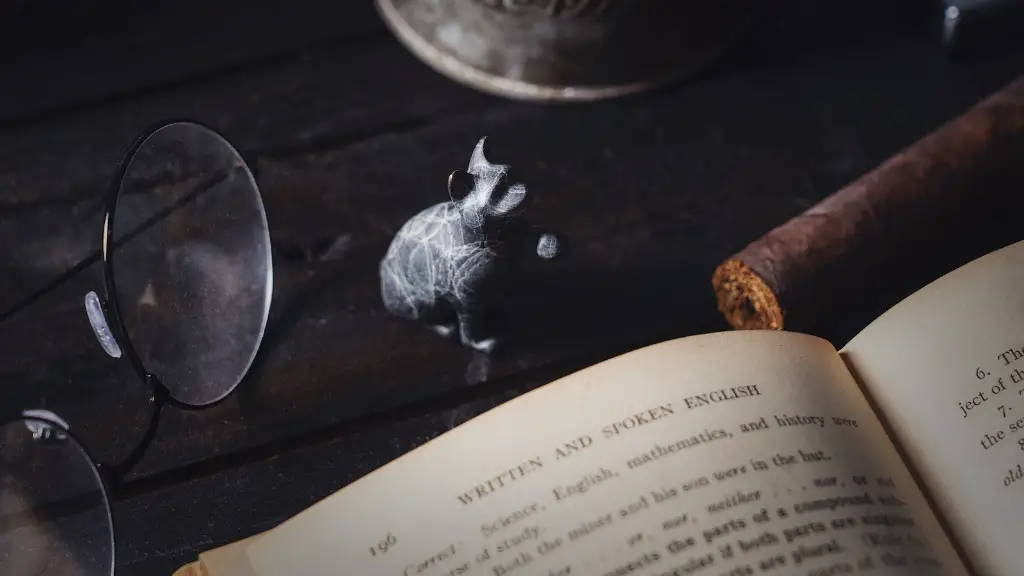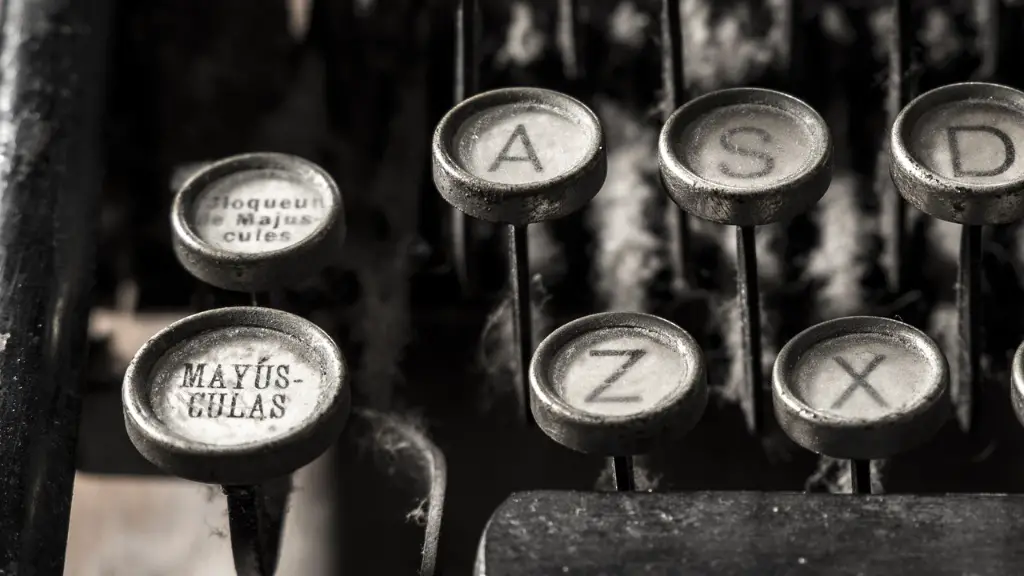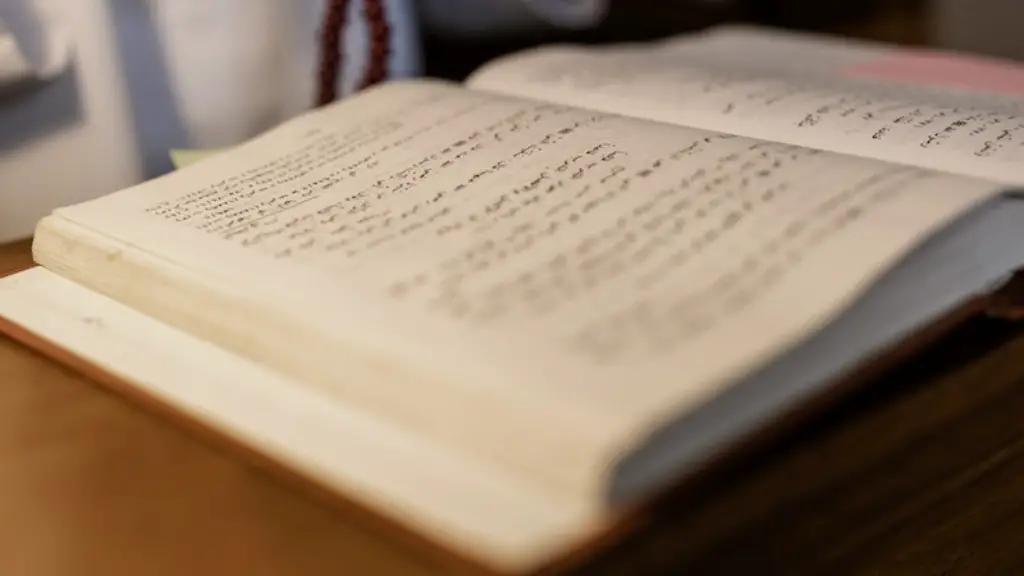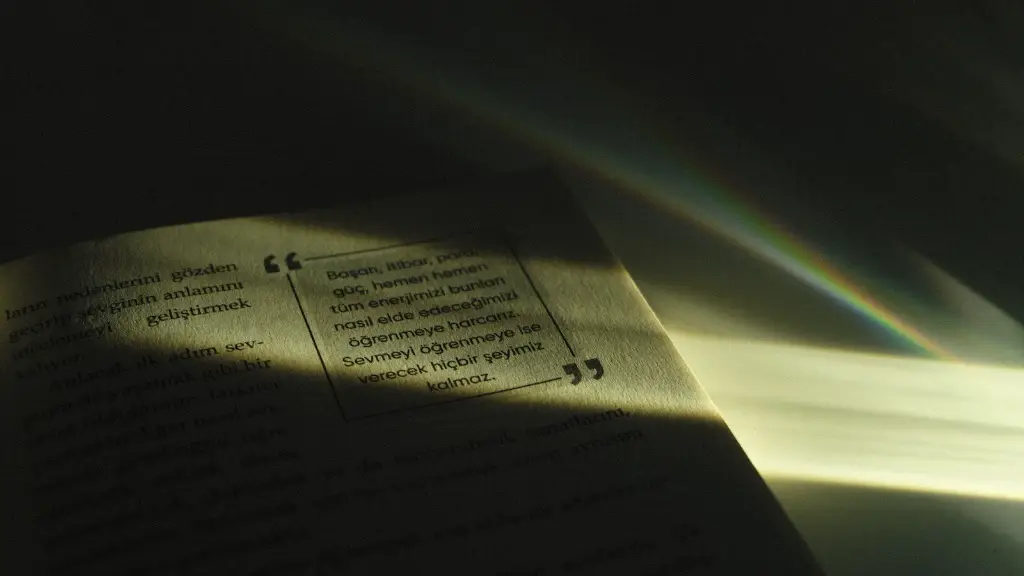Writing poetry analysis can be a challenge for some and to some, it might be easy. Regardless, it is a great way to express oneself and the way one thinks. The primary thing to keep in mind when doing a poetry essay is to examine the significance, significance, and quality of the poem. There are some fundamental strategies and strategies to consider when doing this and they are listed below:
Exploring Feelings
The first thing to do when assessing a poem is to explore the feelings the poem brings out in you. What type of emotions does the poem evoke and why? What is the poet hoping to convey and why is it so meaningful to them? As you make a mental note of your feelings, be sure to make a few comments based on the feelings that arise.
Recognizing Rhythm
One important aspect of poetical essays is to recognize the rhythmic pattern of the poem. The rhythm of the poem can often be very difficult to recognize, as it is usually intertwined in the words and sentences of the poem. However, once you begin to recognize the rhythm of the poem, you can then begin to analyze the thoughts and emotions that the words of the poem evoke.
Analyzing Imagery
Another key part of any poetry essay is to analyze the imagery of the poem. Whether it is visual, auditory, or tactile, imagery can greatly shape the overall meaning of the poem. Imagery can also be used to create tension and to add further depth to certain themes, characters, and situations. During your analysis, make sure to note any imagery that stands out to you.
Form and Tone
The form that a poem is written in can often reflect the tone and mood of the poem. For example, many poems use a regular stanza form that is intended to create a sense of calmness and patience, whereas free verse or even seemingly random words can evoke certain emotions and thoughts in the poem. Pay close attention to the form, structure, and rhythm and make sure to note how it affects the tone of the poem.
Analyzing Patterns
It is also important to pay attention to the patterns present in a poem, as they can have a great effect on the message. Patterns can often be subtle and hard to detect, so it is important to look closely at different words, phrases, and sentences. From there, you should be able to detect any overall patterns or themes that are being conveyed in the poem.
Themes and Messages
From the patterns and imagery of the poem, you can start to generate some ideas about the main theme of the poem and its overall message. Your analysis should be able to determine any specific themes present in the poem, and how they shape the overall message and tone. Once you have a general understanding of the themes and messages, you can then use this information to form an opinion about the poem.
Applying your Understanding
At this point, you should have a decent understanding of the poem and its overall meaning. Now, it is important to take this knowledge and apply it to your own life. Ask yourself questions like: What can I learn from this poem? How can this apply to my life? What message is the poet trying to convey? After answering these questions and reflecting on them, you should have a better understanding of the poem and its deeper messages.
Structuring your Essay
Now that you have a good understanding of the poem, it is time to start structuring your essay. Your essay should have a standard introduction, body, and conclusion just like any other essay, but it should also include your interpretation and analysis of the poem. Begin by introducing the poem you are working with, including its title and author. From there, let your analysis and understanding of the poem guide the body of your essay.
Analyzing Figures of Speech
Figures of speech are one of the most effective tools that a poet can use to convey specific emotions and evoke particular reactions from the reader. By looking closely at the figures of speech in the poem, you can get a much better understanding of the feelings and thoughts that the poet wants to express. Make sure to pay attention to any metaphors, similes, allusions, or any other figures of speech used in the poem.
Recognizing Symbolism
Symbols are often used in poems to convey certain ideas, themes, or feelings. Be sure to look for any symbols used in the poem and pay attention to their meaning. Symbols can often be subtle and hard to detect, but by examining them closely you can gain further insights into the thoughts and feelings of the poet.
Drawing Connections
Lastly, it is important to draw comparisons and connections between the poem and other works or pieces of literature. Even if a direct connection cannot be drawn, you should be able to draw an indirect connection between the poem and other works. This comparison will allow you to gain further insight into the messages being conveyed in the poem and how they fit into a larger context.



